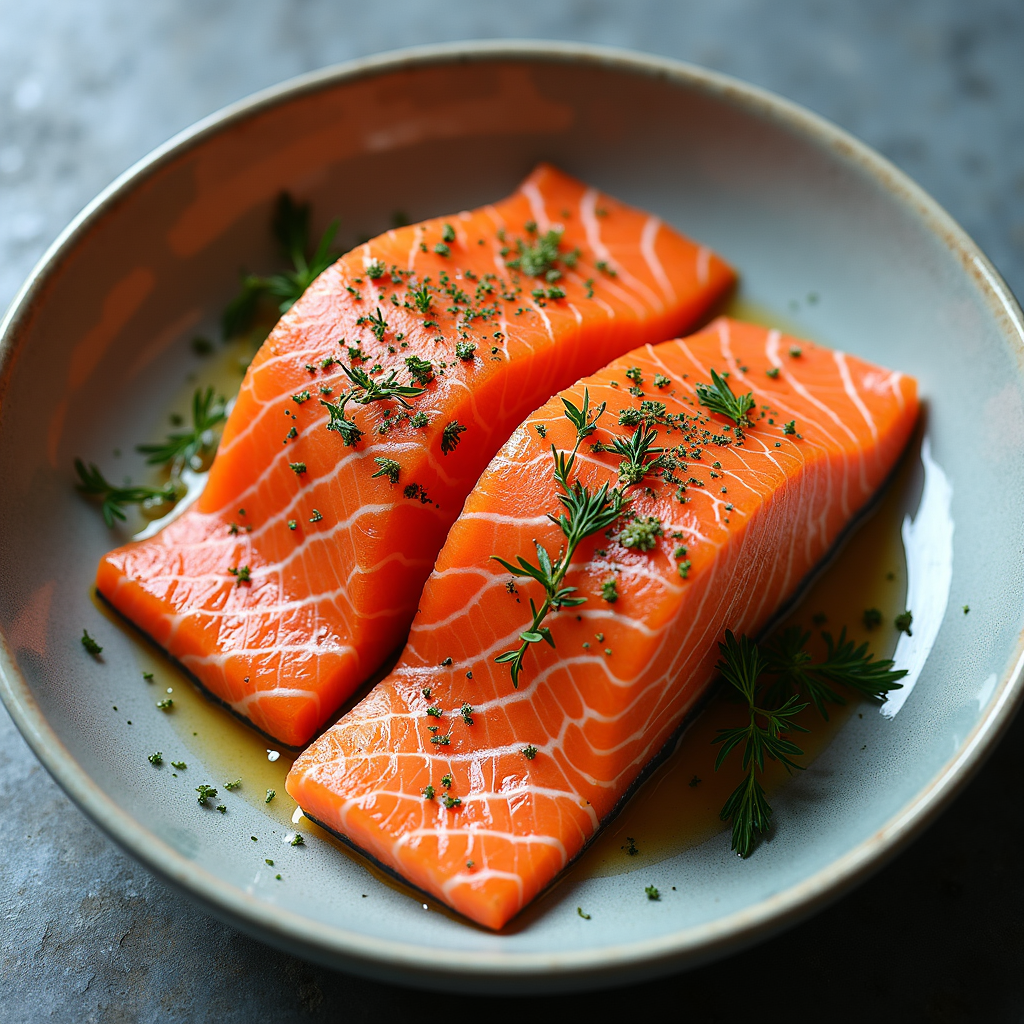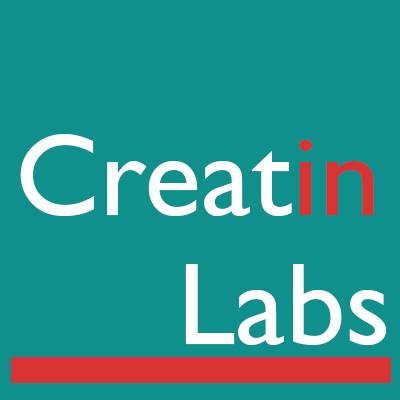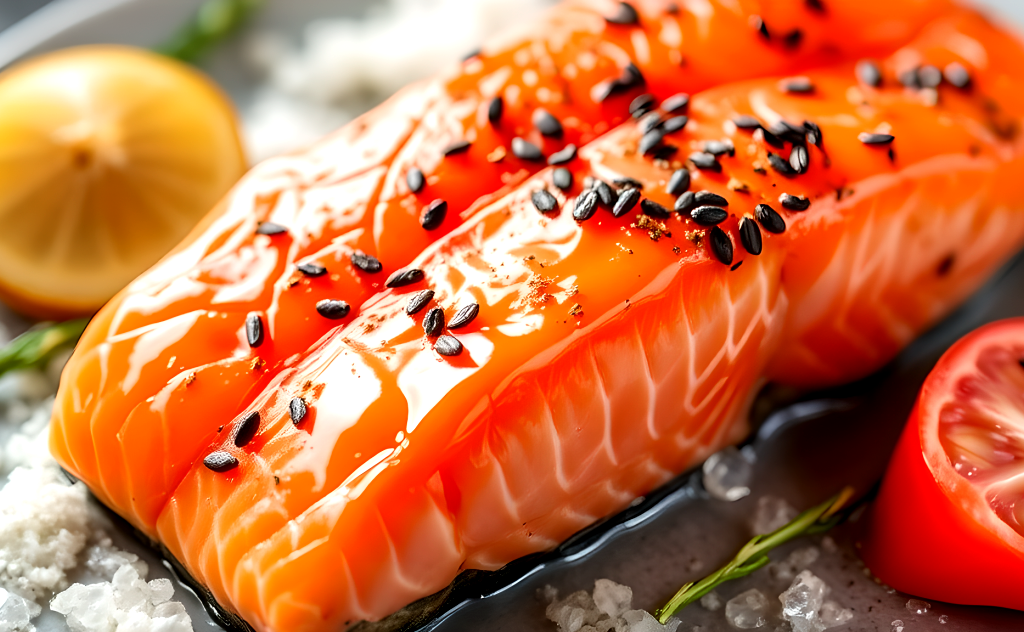With so many health claims around, you might wonder if wild-caught salmon truly lives up to its superfood reputation. In this post, you’ll discover the science behind its powerful omega-3 content and how it supports your heart, brain, and inflammation response. By understanding these benefits, you’ll be better equipped to make informed choices that enhance your overall well-being with every delicious serving.
Wild-Caught Salmon: Superfood or Hype? Science-Backed Benefits for Heart, Brain & Inflammation
With so many health claims around, you might wonder if wild-caught salmon truly lives up to its superfood reputation. In this post, you’ll discover the science behind its powerful omega-3 content and how it supports your heart, brain, and inflammation response. By understanding these benefits, you’ll be better equipped to make informed choices that enhance your overall well-being with every delicious serving.
Key Takeaways:
- Wild-caught salmon provides a potent dose of omega-3 fatty acids (around 2,000mg EPA/DHA per serving), which surpasses most supplements in bioavailability and health impact.
- Compared to farmed salmon, wild varieties contain significantly higher levels of omega-3s, vitamin D, and natural antioxidants like astaxanthin, contributing to superior heart, brain, and skin benefits.
- Regular consumption of wild salmon is linked to reduced risk of fatal heart disease, improved cognitive function, decreased inflammation, and potential longevity benefits supported by scientific studies.
- Selecting wild Alaskan salmon ensures sustainability and supports healthy ocean ecosystems while providing nutrient-rich seafood options certified by MSC and other organizations.
- Optimizing cooking methods like low-temperature baking and keeping the skin on helps preserve omega-3 content and maximize flavor, making it easier to enjoy salmon’s full health advantages.
The Nutritional Superiority of Wild-Caught Salmon
Wild-caught salmon offers a nutritional profile that surpasses many other protein sources, especially when focusing on heart-healthy omega-3 fatty acids and antioxidants. Each serving packs around 2,000mg of EPA and DHA, necessary for reducing inflammation and supporting brain function. You also benefit from natural vitamin D levels that can be four times higher than those in farmed varieties. This makes wild salmon not only a powerful addition to your diet but a reliable source of nutrients your body actively uses to maintain lasting health.
Omega-3s: Nature’s Gold Standard
The omega-3 fatty acids in wild-caught salmon, primarily EPA and DHA, are among the most bioavailable sources you can find. These fats reduce triglycerides, lower blood pressure, improve cognitive function, and combat cellular inflammation. Wild salmon delivers roughly 2,000mg per 6-ounce serving, exceeding supplement dosages and often outperforming farmed salmon. When you choose wild, you’re locking in not just quantity, but quality—powerful omega-3s naturally tailored for optimal absorption and effectiveness.
Comparing Wild-Caught and Farmed Salmon
When you compare wild-caught to farmed salmon, the differences go beyond taste and texture—you’re dealing with stark nutritional contrasts. Wild salmon offers nearly four times the vitamin D of farmed types and significantly higher levels of omega-3s, thanks to their natural diet of krill and other marine life. Meanwhile, farmed salmon often contain more omega-6 fatty acids due to feed composition, which can disrupt your omega-3 to omega-6 balance. Knowing these facts lets you make informed choices that optimize both flavor and health benefits.
Wild-Caught vs. Farmed Salmon: Nutritional Facts
| Factor | Wild-Caught | Farmed |
|---|---|---|
| Omega-3 Content | Approximately 2,000mg per serving | Lower, typically under 1,000mg per serving |
| Vitamin D Levels | Up to 4x higher | Much lower due to feed variance |
| Fatty Acid Balance | Rich in EPA/DHA (omega-3s) | Higher in omega-6 fats |
| Antioxidants | Natural astaxanthin from diet | Often artificial color additives |
The differences in diet and environment explain the superior nutrient density of wild salmon. Wild varieties eat a natural mix of krill and small fish, enriching their flesh with omega-3s and antioxidants like astaxanthin, which farmed salmon often lack or receive synthetically. This translates into better heart and brain benefits for you, as well as a more vibrant color and flavor. When opting for salmon, seek out 100% wild Alaskan options with MSC certification—this guarantees both nutrition and sustainability.
Heart Health and Cardiovascular Benefits Revealed
Eating wild-caught salmon regularly delivers a potent dose of EPA and DHA—2,000mg per serving—that directly supports cardiovascular health. These omega-3 fatty acids reduce triglycerides, lower blood pressure, and improve arterial flexibility, making your heart’s job easier. Incorporating salmon into your weekly meals correlates with fewer heart attacks and reduced risk of fatal heart disease, helping protect your cardiovascular system naturally and deliciously.
Scientific Studies Supporting Salmon’s Heart Benefits
Research consistently links salmon consumption to heart health improvements. A landmark Harvard study involving over 80,000 participants found that eating two or more servings of fish weekly, particularly omega-3-rich salmon, resulted in a 33% lower risk of fatal heart disease. Additionally, a JAMA meta-analysis reported a 30% reduction in heart attacks tied to EPA/DHA intake. These findings position salmon as a scientifically validated ally for your heart.
How Omega-3s Impact Cholesterol and Blood Pressure
Omega-3s from salmon improve your cholesterol profile by lowering triglycerides and raising HDL (“good”) cholesterol. They also reduce systolic and diastolic blood pressure modestly, easing strain on your arteries. This dual action helps maintain healthy blood flow and reduces plaque buildup, benefiting your cardiovascular system with every bite.
The mechanisms behind omega-3s’ effects include decreasing triglyceride production in your liver and enhancing the function of endothelial cells lining your blood vessels, which boosts vasodilation. This reduces arterial stiffness and allows blood to flow more freely, lowering your overall blood pressure. Clinical trials show consistent triglyceride reductions of 15-30% with daily EPA/DHA intake, alongside small but meaningful blood pressure drops—both key factors that cut your cardiovascular risk over time.
Unlocking Cognitive Advantages: Brain Gains from Salmon
Consuming wild-caught salmon regularly floods your brain with crucial omega-3 fatty acids, especially DHA, which supports neuronal integrity and signaling. This ongoing supply of healthy fats enhances memory, focus, and overall cognition, equipping you to stay sharp and mentally agile as you age. Scientific evidence ties these benefits to both structural brain improvements and reduced neuroinflammation, making salmon a premier ally for cognitive performance.
DHA’s Role in Mental Clarity and Memory
DHA makes up 30-40% of your brain’s fatty acids, forming the backbone of neuron membranes. It facilitates fast communication between brain cells, improving memory retention and mental clarity. By incorporating wild salmon’s DHA-rich omega-3s, you empower synaptic plasticity, the brain’s ability to adapt and learn, which translates into enhanced focus and sharper thinking throughout your day.
Research-backed Effects on Alzheimer’s and Cognitive Decline
Studies consistently link higher DHA intake from sources like wild salmon with significantly reduced risks of Alzheimer’s and age-related cognitive decline. One NIH study demonstrated a 60% lower incidence of Alzheimer’s among regular fish consumers, highlighting the protective power of these omega-3s in preserving brain health well into older age.
More detailed research reveals that DHA helps reduce beta-amyloid plaques, a key hallmark of Alzheimer’s pathology, while also combating neuroinflammation that accelerates cognitive deterioration. Clinical trials show people consuming two or more servings of wild salmon per week maintained stronger cognitive function and memory tests for longer periods, effectively slowing the progression of dementia-related symptoms. This evidence makes adding wild salmon a strategic choice for sustaining your mental fitness over time.
The Anti-Inflammatory Powerhouse: Salmon’s Role in Reducing Inflammation
Wild-caught salmon is a prime weapon against chronic inflammation, thanks to its rich omega-3 content. These fats actively reduce inflammatory markers linked to heart disease, arthritis, and even certain cancers. By regularly incorporating salmon into your diet, you tap into natural compounds that calm cellular “fires,” helping ease joint pain and promoting overall health. This goes beyond just feeling good—it’s about protecting your body at the root level.
Mechanisms by Which Salmon Combat Inflammation
The omega-3 fatty acids EPA and DHA in salmon convert into resolvins and protectins—specialized molecules that actively resolve inflammation rather than merely blocking it. You also benefit from astaxanthin, a powerful antioxidant in wild salmon, which shields cells from oxidative damage and further calms immune responses. These bioactive compounds work synergistically to modulate immune signaling, effectively turning down the volume on chronic inflammatory processes.
Evidence Linking Salmon Intake to Reduced Pain and Inflammation
Clinical studies reveal that consuming wild salmon regularly can reduce joint pain by up to 40%, a significant figure backed by Arthritis Foundation research. Inflammation markers like CRP (C-reactive protein) drop notably in patients who eat two or more servings weekly. These concrete results confirm salmon’s role as a practical, food-based approach to managing inflammation-related discomfort.
A landmark 12-week trial observed participants with rheumatoid arthritis who incorporated two servings of wild salmon weekly experienced less morning stiffness and swelling compared to controls. Blood tests showed a marked decrease in pro-inflammatory cytokines, while their quality of life scores improved significantly. Such real-world evidence emphasizes that salmon isn’t just a nutritious choice—it offers measurable relief from inflammatory pain, empowering you to manage discomfort through your diet effectively.
Sustainable Choices: The Ethics and Economics of Eating Wild-Caught Salmon
Choosing wild-caught salmon supports more than your health—it fuels responsible fishing practices that help restore ocean populations and protect marine ecosystems. Alaska’s quota-based system showcases how sustainable management leads to 100% recovery of salmon stocks, benefiting fishing communities and preserving wild habitats. By investing in wild salmon with MSC certification, you’re opting for ethically harvested seafood that balances economic livelihoods and ocean conservation, ensuring these omega-3 powerhouses remain available for generations to come.
Environmental Impact of Wild-Caught vs. Farmed Salmon
Wild-caught salmon generally has a smaller ecological footprint compared to farmed alternatives, which often contribute to water pollution, habitat destruction, and disease transfer to wild populations. In contrast, wild fisheries managed under strict quotas maintain balanced ecosystems and avoid chemical inputs. Notably, farmed salmon consume feed with questionable sustainability, while wild salmon feed naturally, preserving nutrient cycles in marine environments and reducing reliance on industrial feedstocks.

How to Make Responsible Seafood Choices
Look for labels like MSC-certified wild salmon and steer clear of ambiguous “wild” tags, especially from Atlantic sources, which are frequently farmed. Prioritize Alaskan wild salmon for guaranteed sustainability and traceability. To further support oceans, diversify your seafood intake by including species recommended by Seafood Watch, ensuring you consume low-impact, high-health options without endangering stocks.
Diving deeper, you can verify sustainability by exploring databases like the MSC seafood finder or Seafood Watch guides before purchase. Seasonal buying also matters—consuming salmon during peak runs helps avoid overfishing pressure. Additionally, supporting local fisheries that practice selective harvesting encourages economic resilience in fishing communities while minimizing bycatch. Educating yourself on these criteria empowers you to become a conscientious consumer, transforming each meal into an ethical statement that advances ocean health alongside your wellness.
Summing up
Summing up, wild-caught salmon offers you a science-backed advantage for boosting heart health, enhancing brain function, and reducing inflammation thanks to its rich omega-3 content and natural nutrients. Choosing wild over farmed ensures higher quality and sustainability, supporting both your well-being and the environment. Including this superfood in your diet means you’re making a powerful investment in your long-term health, far beyond what supplements can provide.
FAQ
Q: How much wild-caught salmon should I eat per week to gain its omega-3 benefits?
A: Consuming 8-12 ounces of wild-caught salmon per week—equivalent to about two servings—is ideal to provide enough EPA and DHA omega-3 fatty acids to support heart health, cognitive function, and inflammation reduction.
Q: What makes wild-caught salmon more beneficial than farmed salmon?
A: Wild-caught salmon typically contains higher levels of omega-3s, vitamin D, and natural antioxidants like astaxanthin compared to farmed salmon. The natural diet of wild salmon, rich in krill and other marine organisms, supports superior nutrient density and fewer contaminants.
Q: Is there any risk of mercury exposure when eating wild-caught salmon?
A: Wild-caught salmon is generally low in mercury, making it safe for most people, including pregnant women. It’s recommended to avoid higher-mercury fish like king mackerel and tilefish, but wild salmon remains a safe and healthy choice for regular consumption.
Q: Does cooking method affect the omega-3 content in wild-caught salmon?
A: Yes, cooking techniques impact omega-3 retention. Low-temperature methods like baking at 275°F or sous vide help preserve omega-3s, while deep-frying can destroy up to 85% of EPA and DHA. Leaving the skin on while cooking also helps retain healthy fats.
Q: How can I be sure that the salmon I buy is truly wild-caught and sustainably sourced?
A: Look for labels specifying “wild-caught,” preferably from Alaska, which maintains strict quota-based fishing for sustainability. Certifications like MSC (Marine Stewardship Council) verify sustainable practices. Avoid “Atlantic wild” labels as these are often misleading and actually farmed.

